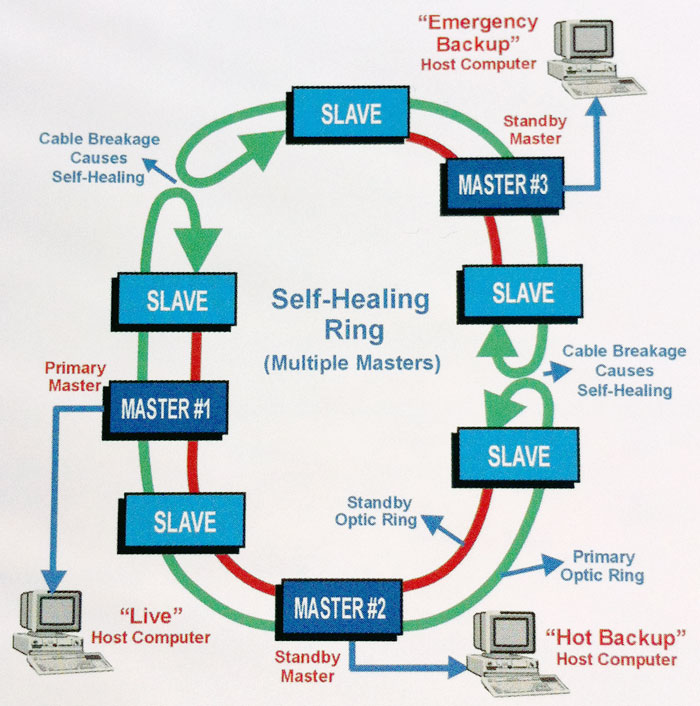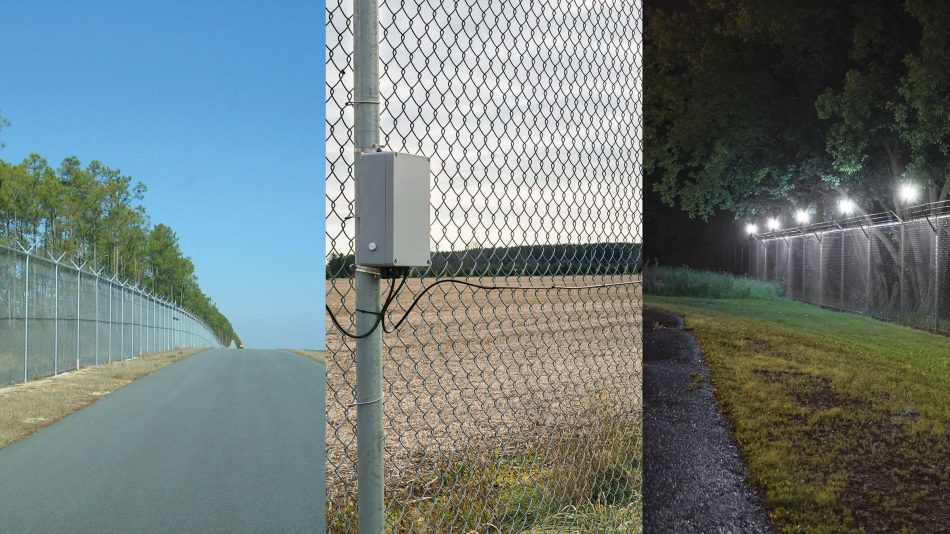The Importance of a Fiber Optic Security System in Protecting Sensitive Data and Facilities
Boost Your Safety With Advanced Fiber Optic Safety And Security Equipments
In a period where security is critical, innovative fiber optic protection systems present an engaging remedy for improving safety and security throughout various environments. These systems not just boast premium transmission capacity and speed for high-resolution monitoring yet additionally supply remarkable durability against outside interferences. As companies significantly seek reputable means to safeguard their assets, the combination of ingenious modern technologies like AI and IoT within fiber optic frameworks elevates necessary questions regarding their performance contrasted to conventional systems. What effects do these improvements hold for future safety and security steps?
Advantages of Fiber Optic Safety And Security
Taking advantage of the benefits of fiber optic technology considerably improves safety and security systems across different applications. One of the primary benefits is the boosted bandwidth capacity, enabling the transmission of huge amounts of data at high speeds. This is especially vital for real-time video surveillance, where high-resolution feeds can be sent out without latency, making certain prompt response capabilities.
In addition, optical fiber exhibit superior resistance to electromagnetic interference, which is important in settings with prospective signal disruptions. This reliability ensures consistent performance in critical protection operations. Fiber optic wires are much less prone to touching and unapproved accessibility compared to standard copper circuitry, consequently improving data integrity and discretion.
An additional significant advantage is the durability of fiber optic systems; they are extra immune to ecological variables such as wetness, temperature fluctuations, and destructive materials. This resilience translates to lower upkeep costs and longer life expectancies for security installations.
Finally, the light-weight nature of fiber optic cords promotes easier installation and transmitting, particularly in complex infrastructures (fiber optic security system). Inevitably, the assimilation of fiber optic technology into safety systems not just strengthens defense measures however also optimizes functional effectiveness
Secret Functions to Think About
When reviewing fiber optic protection systems, a number of key attributes need to be thought about to make certain ideal efficiency and efficiency. Initially, evaluate the system's detection variety and level of sensitivity; a substantial array enables keeping track of big locations, while high level of sensitivity makes certain that even minor disturbances are found promptly.
Next, think about the integration capabilities of the system. A fiber optic safety system ought to seamlessly interface with existing security procedures such as electronic cameras and alarms, developing a cohesive safety network.
Durability and environmental resistance are likewise important functions. Make certain that the system is created to endure harsh weather and prospective physical dangers, as this will extend its operational life expectancy.

Lastly, consider the scalability of the system. A durable fiber optic safety and security system must be conveniently expandable to suit future needs without significant overhauls. By meticulously thinking about these features, you can select a fiber optic safety remedy that enhances safety and security in your setting.
Installment Refine Review
To effectively carry out a fiber optic safety system, an organized installation procedure is necessary. This procedure starts with an extensive site evaluation to establish the certain protection demands and to recognize ideal places for fiber optic cable televisions and safety and security devices. Following this analysis, the setup group will certainly establish a comprehensive strategy, including cable television paths, required equipment, and conformity with regional guidelines.
Next, the installation entails laying the fiber optic cords, ensuring they are secured from ecological aspects and physical damage. Correct handling methods are critical, as fiber optic cords are sensitive and can be conveniently harmed. After the cabling is set up, ports and discontinuations are carefully finished to ensure signal stability.
The succeeding phase contains installing safety and security tools such as cameras, movement detectors, and security system, all integrated with the fiber optic network. Rigorous screening is carried out to confirm that all parts are functioning correctly and to ensure ideal performance.

Comparing Fiber Optic to Conventional Systems
The development of safety modern technology has actually caused substantial developments in the comparison between fiber optic systems and traditional copper-based systems. Fiber optic systems use light to transmit data, supplying superior transmission capacity and speed contrasted to their copper counterparts. This causes improved information transmission visit this site capacities, making optical fiber optimal for high-resolution video security and real-time monitoring.
In addition, fiber optic cables are immune to electro-magnetic interference, decreasing the likelihood of signal deterioration triggered by outside aspects. This characteristic ensures consistent efficiency, also in tough environments. On the other hand, standard copper systems are more vulnerable to disturbance, leading to possible susceptabilities in protection applications.
Resilience is one more advantage of fiber optic systems. They are much less prone to harm from ecological factors such as wetness and temperature level changes, which can compromise copper circuitry. Moreover, optical fiber are lighter and thinner, permitting less complicated setup and decreased physical impact.
However, conventional systems often tend to have reduced initial costs, making them appealing for budget-conscious jobs. While fiber optic systems might call for a higher in advance investment, their lasting advantages-- such as reduced maintenance prices and greater reliability-- usually surpass the initial cost, positioning them as a remarkable choice for contemporary security needs.
Future Fads in Safety And Security Modern Technology
Emerging fads in protection technology are poised to change the landscape of security and risk detection - fiber optic security system. As organizations increasingly encounter advanced hazards, innovations such as artificial intelligence (AI) and artificial intelligence (ML) are coming to be integral to safety and security systems. These modern technologies improve the ability of fiber optic systems by allowing real-time information evaluation, identifying anomalies, and automating feedbacks to potential violations
Furthermore, the combination of the Net of Points (IoT) is changing safety and security structures. IoT tools can give comprehensive situational understanding and help with smooth communication between various safety elements. This interconnectedness enables a lot more effective surveillance and faster incident action times.
Biometric verification is likewise gaining momentum, giving a greater level of security with one-of-a-kind physical attributes. As this modern technology advances, it is most likely to be incorporated right into fiber optic systems for boosted accessibility control.
Final Thought
In conclusion, go now progressed fiber optic safety systems represent a significant innovation in safety and security innovation. The change from conventional systems to fiber optic options reflects a growing pattern towards extra efficient and efficient protection steps in a progressively complex technical landscape.